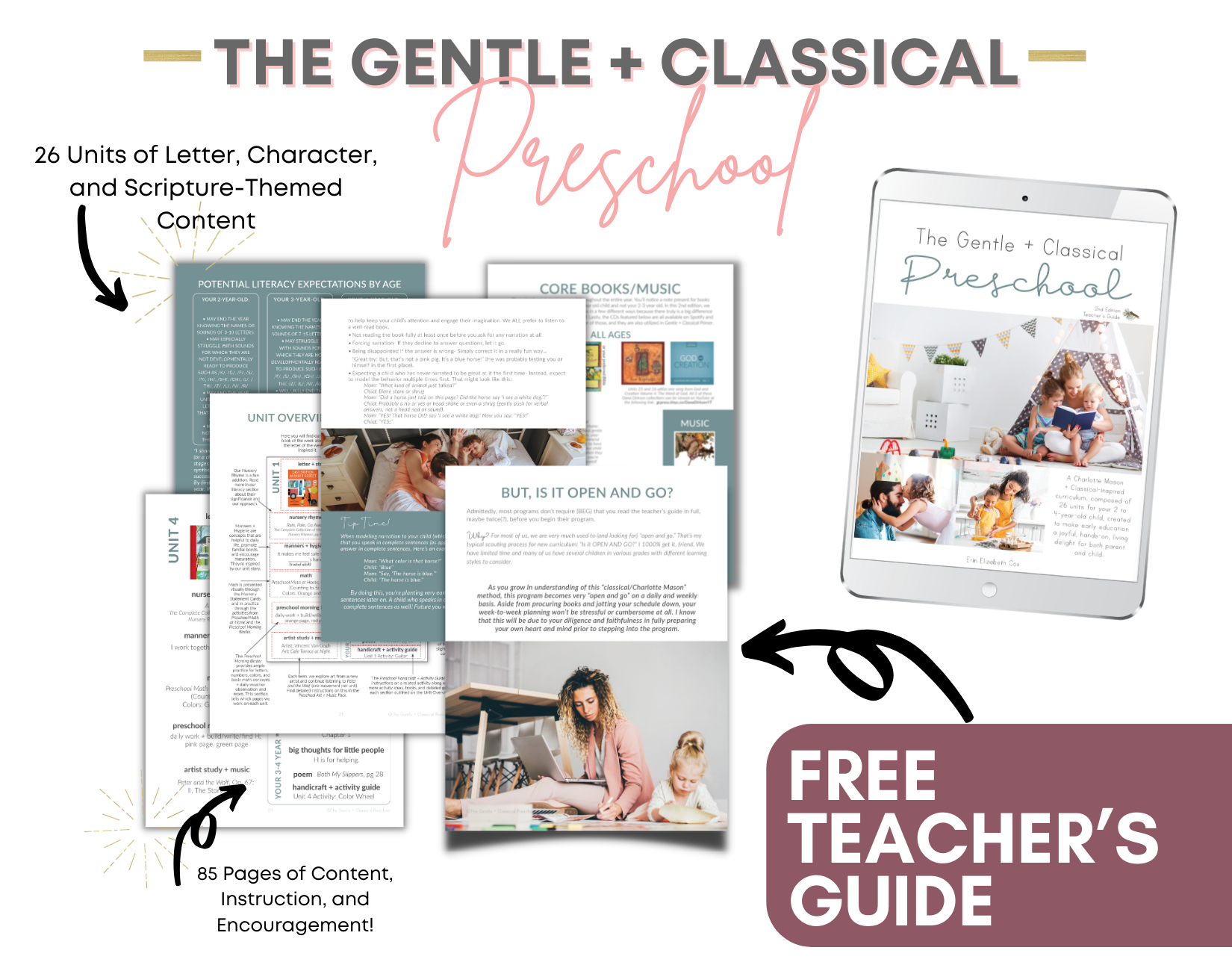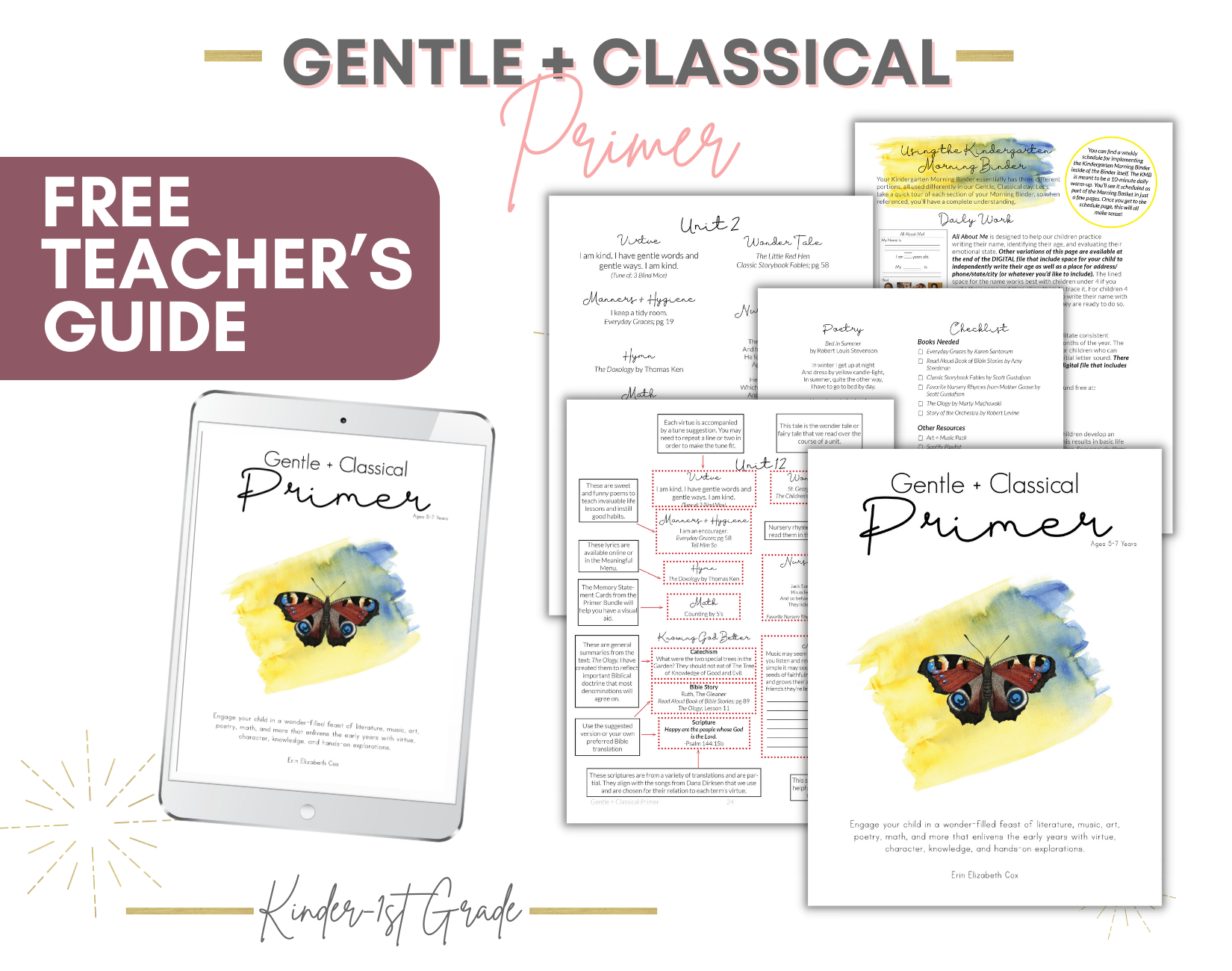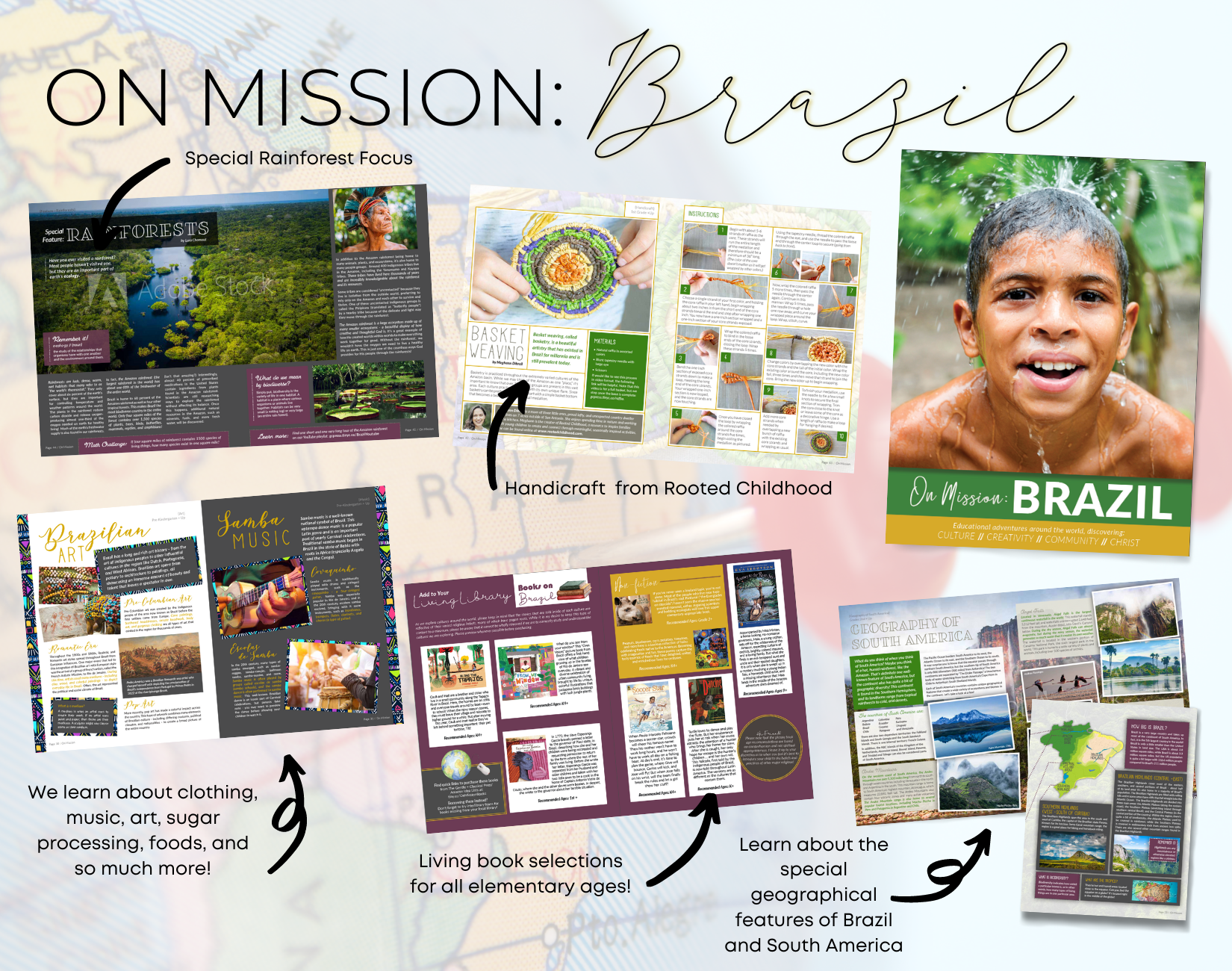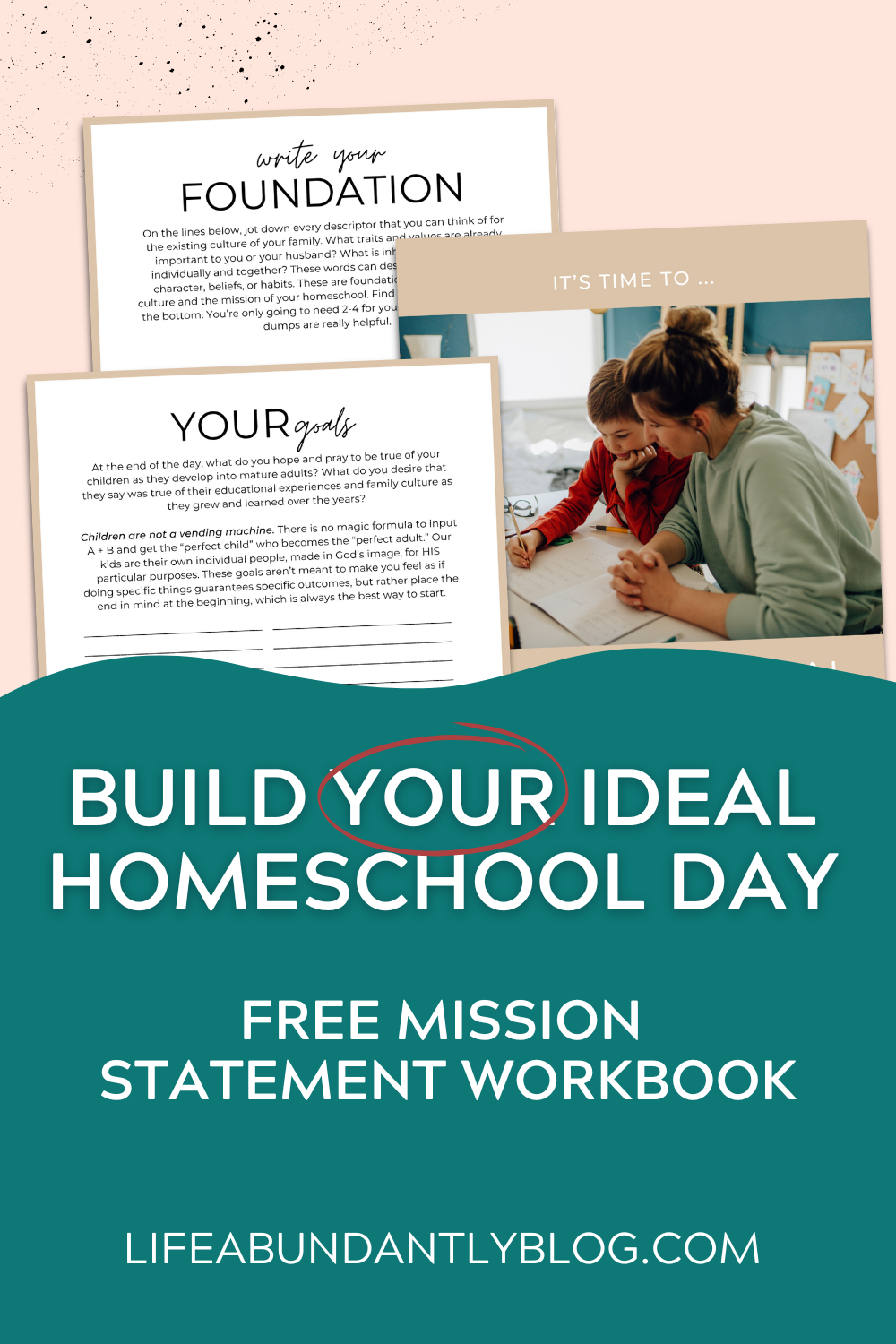Easy, Delicious, Gluten Free Sandwich Bread
/First things first, I’m not a food blogger. So why am I posting a recipe? I was diagnosed with Celiac Disease 18 years ago, so it’s been 17 years since I’ve had “real” wheat bread. That means that for 17 years, I’ve done without or eaten cardboard that’s bread-ish and crazy-expensive.
In recent months, I’ve become a little obsessed with gluten free sourdough, which we all love fresh out of the oven or toasted and slathered in jam or butter. (My jeans are not appreciating my appreciation though). I hope to share my GF sourdough recipe including how I created and treat my starter (since it’s not a commonly talked about), but that process is a little more complicated than this one and I want to do some videos for that one. So, for now, I’m starting with sandwich bread.
Since I’m NOT a recipe/food blogger, please keep all the following in mind:
I cannot and will not attempt to offer substitution advice.
I cannot and will not attempt to answer questions related to health, food allergies, or celiac disease.
I have not added 700 ads to this web page nor a saga of 1200 words prior to the recipe nor a video of me making the recipe. You’re welcome, and I’m sorry.
I cannot tell you how to double it or triple it. I cannot tell you how it does at different elevations. (This recipe was developed and trialed in Montgomery, AL at 250ft elevation.) I cannot convert it to grams or celsius for you.
I adapted this recipe (HEAVILY) from the one by Mama Knows Gluten Free. She uses a different flour mixture and a different process than I do, so that’s why I’m not just linking to hers and leaving it at that. But if you want other variations or some questions on substitutions, you should check out her post.
Equipment:
9”x4” Pullman Loaf Pan with Cover: Gluten free bread collapses easily, so if you use a typical bread pan, you’ll likely be disappointed. I cannot more strongly suggest that you purchase a Pullman pan like this for gluten free baking. It’s covered (which is important) but the ridges give the bread something to “hold onto” as it rises, to avoid collapse. My pan is the 11”x4” pan. Large pans will yield a wider loaf that doesn’t rise as high.
Mixer: You don’t need a stand mixer or even an electric mixer for this. It’s a very wet, runny dough that looks like pancake batter. You won’t be kneading it or “developing the gluten.”
Large Bowl and Measuring Tools
Ingredients:
Yeast Mixture:
1 1/2 cups warm water
1/4 cup honey
2 1/4 teaspoons of Bob’s Red Mill Gluten Free Active Dry Yeast
Remaining Ingredients:
2 cups of Bob’s Red Mill Gluten Free 1:1 Flour (This is the ONLY flour mixture I use for several reasons. I’ve found it highly successful in everything - including my sourdough starter and sourdough mixture, AND I can buy it from Azure in 25lb bags then bucket it for long-term storage. Also, many gluten free recipes are now calling for gluten free bread flours that have “gluten free wheat starch.” Those mixtures make beautiful bread that makes me profoundly sick. This flour is 100% gluten free AND wheat free. Bob’s already includes Xanthan Gum as well, so no additional is needed.)
1/2 cup Tapioca Starch (I don’t think the brand matters, but I use Anthony’s.)
1 teaspoon salt (We use Redmond Real Sea Salt.)
1 teaspoon gluten-free baking powder
1/4 cup avocado oil (You can use olive oil, but it will likely impart a flavor.)
1 teaspoon apple cider vinegar
3 egg whites, from large eggs and room temperature
Instructions:
Preheat your oven to 350°F.
Activate your yeast by placing the warm water, honey, and dry yeast into a bowl together. Allow the yeast to dissolve then activate before baking with it to be sure it’s still good. (Note: Yeast that’s alive and active will make the water look bubbly and foamy on top. If your yeast dissolves but no bubbles/foam forms on top of the liquid after 5-8 minutes, then your water wasn’t warm enough, was too hot and killed it, or the yeast is dead. The warm water should be 105-115ºF - lukewarm. The honey should be fully dissolved into the water before sprinkling in the yeast and stirring it all gently. Then wait 5-10 minutes for the yeast granules to be dissolved and for the bubbles to form before adding to your flour mixture.)
Prepare your pan by coating it in butter, oil, nonstick spray, or parchment paper. The pan is really important for gluten free bread - see the note above under equipment. Also, be sure to coat your pan (even if it’s nonstick). This batter sticks when normal bread dough does not.
Add both flours, salt, and baking powder to a large bowl and whisk together.
Then add the avocado oil, apple cider vinegar, and water/yeast/honey to the flour mixture and mix until smooth. If you use a stand mixer, the dough hook won’t work. Use the paddle.
Lastly, add the egg whites to the dough and continue to mix for another minute. (You don’t have to whip the whites first. Just add them as they are.) You’re not developing gluten, so don’t overmix. Just get it fully incorporated and smooth. (This dough looks like pancake batter, NOT bread dough. It’s ok, I promise.)
Pour the dough into your greased bread pan. Cover the pan and allow the bread to rise for 30 minutes. (I place mine on top of my pre-warmed oven.)
Make sure to place the Pullman loaf cover onto the pan before placing into the oven.
Now, bake the bread at 350ºF for 30 minutes.
After 30 minutes, remove the Pullman cover, then bake at 400ºF for about 15 minutes (watching it so that you don’t overbrown it since ovens vary.)
Bread should reach 205-210ºF. (If for some reason you bread browned but isn’t cooked to temperature in the middle, put the Pullman cover back on to avoid scorching it, lower back to 350ºF and cook for 5-7 more minutes, rechecking the temperature.)
Remove the loaf from the oven and lay the pan on its side so that if the loaf sinks in some, it’ll sink on the side and not the top. Let rest and cool in the pan for 10 minutes. Then remove from the pan and let cool completely on the counter before slicing (at least 3 hours). I flip mine from one side to the other as its cooling to help control the mild, inevitable collapse.
We let ours rest on the counter overnight before slicing. This allows it to firm up enough that we can slice it easily without “squishing” it. I placed mine into a gallon ziploc bag after the initial cool down. Don’t place it inside a plastic bag while warm or water will condense and make it soggy.
Be sure to use a bread knife that’s serated to slice it. This bread is slightly gummy compared to something like Udi’s or other store-bought bread. We found it did best in a bag on the counter, as that allowed it to dry out just a little bit. It was eaten within 24 hours, so I can’t comment how long it’s countertop safe without molding (there are obviously no preservatives).
We are able to enjoy this bread at room temperature without it feeling like cardboard :) It’s a REAL PB&J! And with only three eggs, it’s not eggy either. Hope you love it!



















